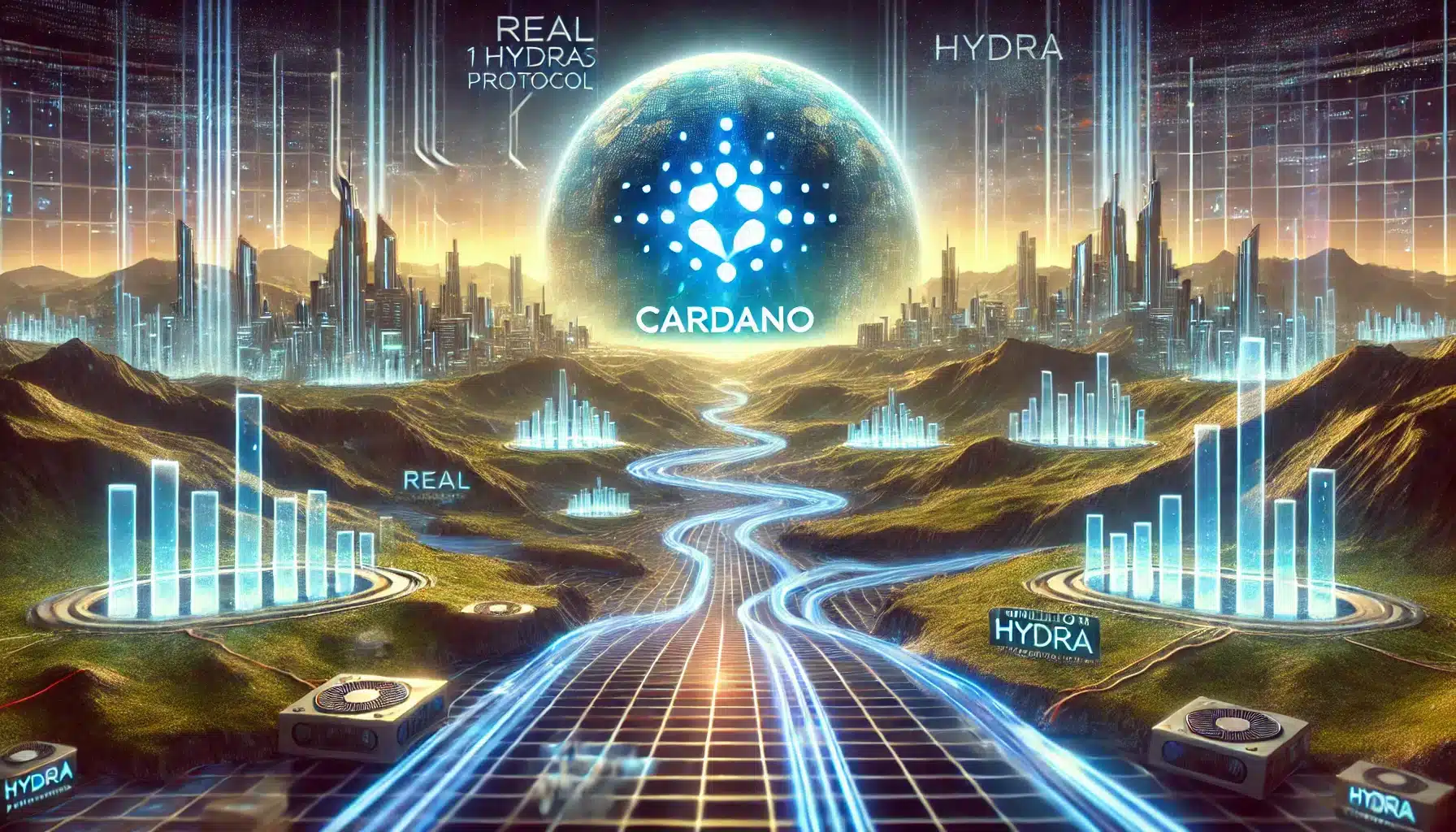According to news sources, the Cardano Hydra Layer-2 solution has broken all records with over 1 million TPS during a very recent virtual gaming tournament. The event sent shockwaves into the Ethereum and Solana camps, positioning it as a formidable competitor to other blockchain networks.
Hydra’s Breakthrough During the Doom Tournament
On December 4th, Charles Hoskinson announced that Hydra hit 1 million TPS during a global gaming test using the classic Doom game. Each game frame was processed as a transaction, resulting in an impressive demonstration of Hydra’s potential scalability.
While official numbers show Cardano Hydra peaked at 807,000 TPS during the test and 507 TPS now, they still remain way ahead of Ethereum and Solana’s max capacity. For example Hydra outperformed Solana’s theoretical max TPS of 65,000 by over 100x according to Chainspect.
What is Cardano Hydra? A Layer-2 Game-Changer
Hydra launched in 2022 to help speed up Cardano’s transaction times and reduce latency while keeping costs low. It can do multiple transactions at once because of horizontal scaling.
Josh Marchand,the software engineer at SundaeSwap, Cardano-based DEX, said:
“1 million TPS is just a benchmark. Hydra’s true value is its scalability, which has no theoretical limit. The only limits are hardware capabilities”.
The solution puts Cardano in a strong position as most other blockchain networks have not solved scalability yet.

Skepticism Surrounding Hydra’s Test Results
Despite this milestone, some are sceptical about Hydra’s test results. According to Goku, a well-known figure in the crypto space, the transactions on the Doom test were on a testnet, not on Cardano’s mainnet. This raises questions about how well Hydra will perform in the real world and if it can actually do the job on live blockchains.
However, Hoskinson said real world tests are about showing and proving what Hydra can do. The Doom tournament was an event that got global attention, people participated to see Hydra in action.
Cardano Bull Run
Hydra lands well as far as Cardano and ADA are concerned. ADA rose 250% within 30 days to touch a 2-year high of $1.29 and eventually settled at $1.18.
Additionally, DeFi on the Cardano ecosystem is rapidly growing. It is at almost record $700 million TVL, which is indicative of the use of DeFi applications.
Cardano’s development goes beyond scalability. The Cardano Foundation had discussions at their Constitutional Convention recently and focused heavily on community-driven governance to build a robust and sustainable ecosystem.

Industry implications of Cardano Hydra’s success
Cardano Hydra’s performance in the gaming test highlights the importance of Layer-2 solutions for blockchain scalability. While Ethereum has rollups like Arbitrum and Optimism and Solana has high throughput, Hydra puts Cardano in a position to challenge them in terms of both speed and cost.
This sets a new standard for blockchain in gaming and opens up a whole new world for decentralized gaming applications that require high TPS.
Conclusion
Cardano Hydra is a big deal for the blockchain industry; it shows the power of Layer-2 protocols in solving scalability. Though questions remain about mainnet performance, the Doom test results reportedly prove Hydra’s promise as a game changer. With Cardano’s ecosystem growing and ADA’s bull run continuing, the network is ready for more.
The BIT Journal is available around the clock, providing you with updated information about the state of the crypto world. Follow us on Twitter and LinkedIn, and join our Telegram channel.






























